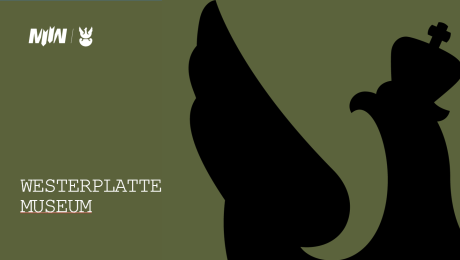Exhibition on Westerplatte - Symbol
The history of Westerplatte
A symbol
Westerplatte after the War
In July 1946, a small symbolic cemetery, with a cross and a list of the names of the Polish soldiers who had died defending Westerplatte, was established on the site of Guardhouse no. 5, which had been destroyed in September 1939. Westerplatte was then forgotten for a decade, since it had become an inconvenient symbol for the government of the Stalinist period. The image of heroic Westerplatte did not match the reality in which soldiers who had served in the pre-war armed forces were being persecuted. The arrest on fabricated charges of Major Mieczysław Słaby (who in September 1939 had served as the doctor on Westerplatte), his torture by the Secret Police and his death in March 1948 from wounds inflicted by his interrogators became a symbol. After the political changes of October 1956, former fighters returned to Westerplatte, but in 1962 the Communist government removed the concrete cross from the cemetery and replaced it with at T-34 tank.
Westerplatte as a propaganda visiting card for the government
In the early 1960s, Westerplatte began to play the role of a visiting card for the Communist government’s propaganda. It invited official state delegations from the whole world here and organised military ceremonies and official rallies. In 1966, a 25-m. monument to “The Defenders of the Coast” was erected on the peninsula. A few months later, a technically complex operation moved Guardhouse no. 1 a few dozen metres deeper into the peninsula. It saved the building from destruction, since its original location was to be used to widen the harbour canal. On 1 September 1971, Major Henryk Sucharski’s ashes were brought to the Westerplatte cemetery from Italy, where he had died.
Westerplatte during the collapse of the Communist system
Thanks to the “Solidarity” Trade Union in Gdańsk, in August 1981 a cross returned to the Westerplatte cemetery. Pope John Paul II’s June 1987 youth rally on Westerplatte became a symbol. It had deep moral meaning. Nineteen-eighty-nine brought more changes in the appearance of the symbolic place that is Westerplatte Peninsula, including the removal of the T-34 tank from the cemetery.
© The Museum of the Second World War in Gdańsk/Poland. Authors: Bartłomiej Garba and Marcin Westphal











